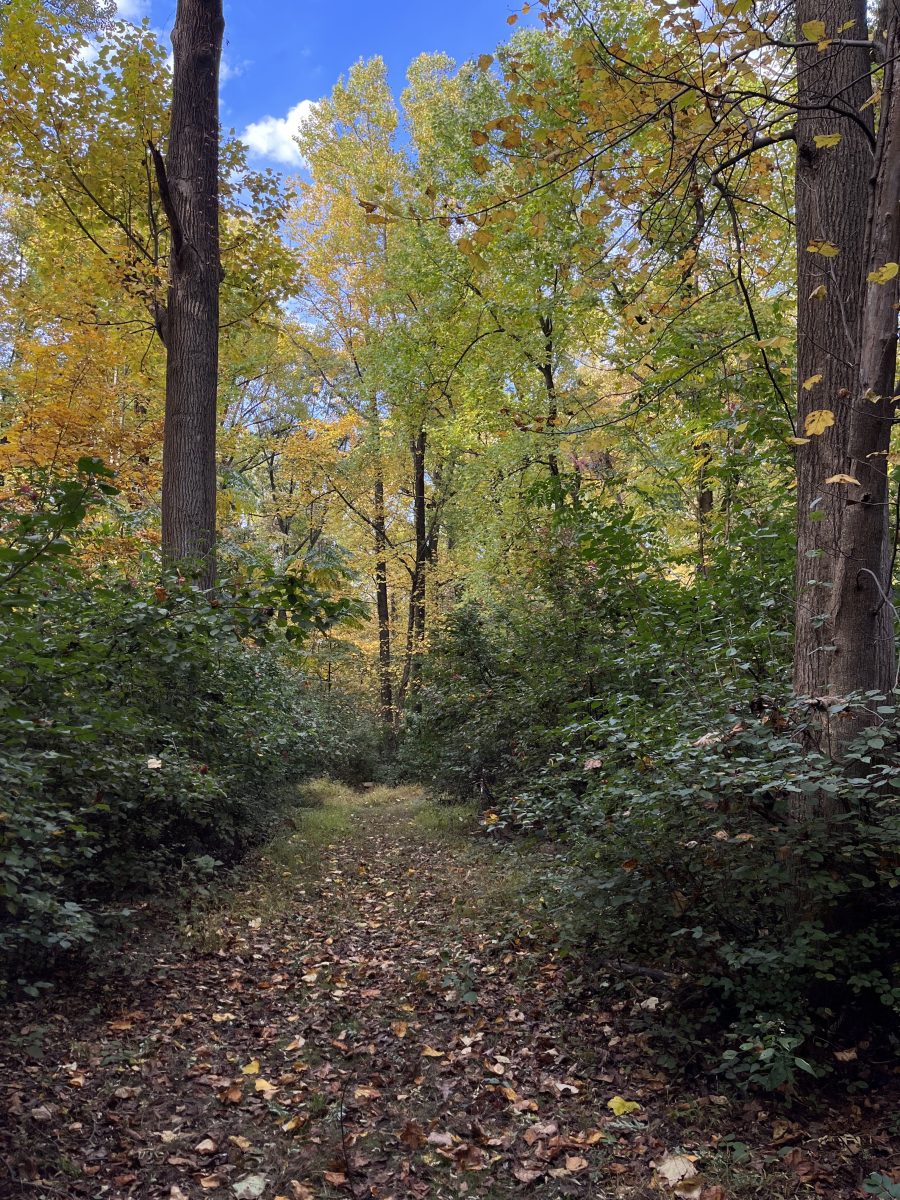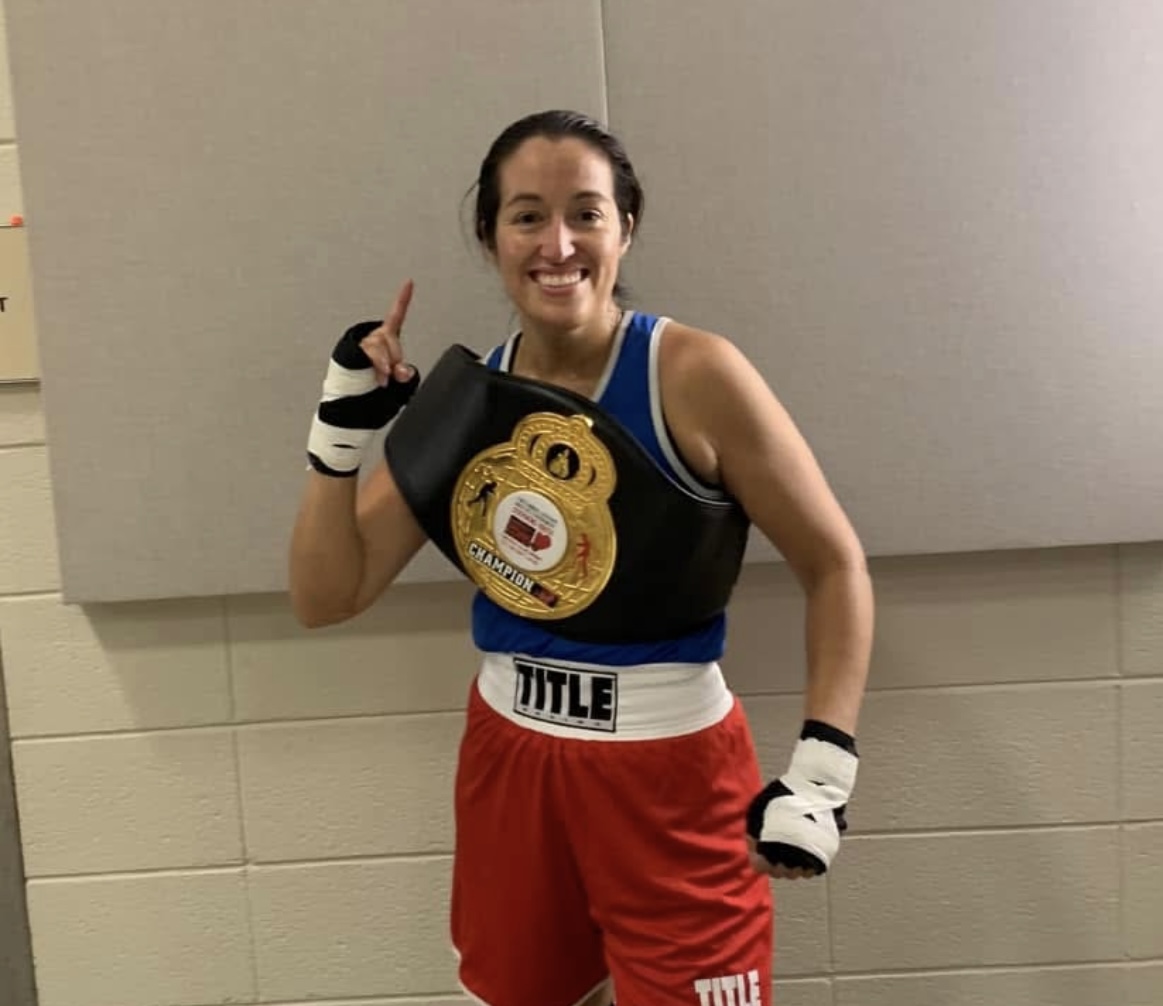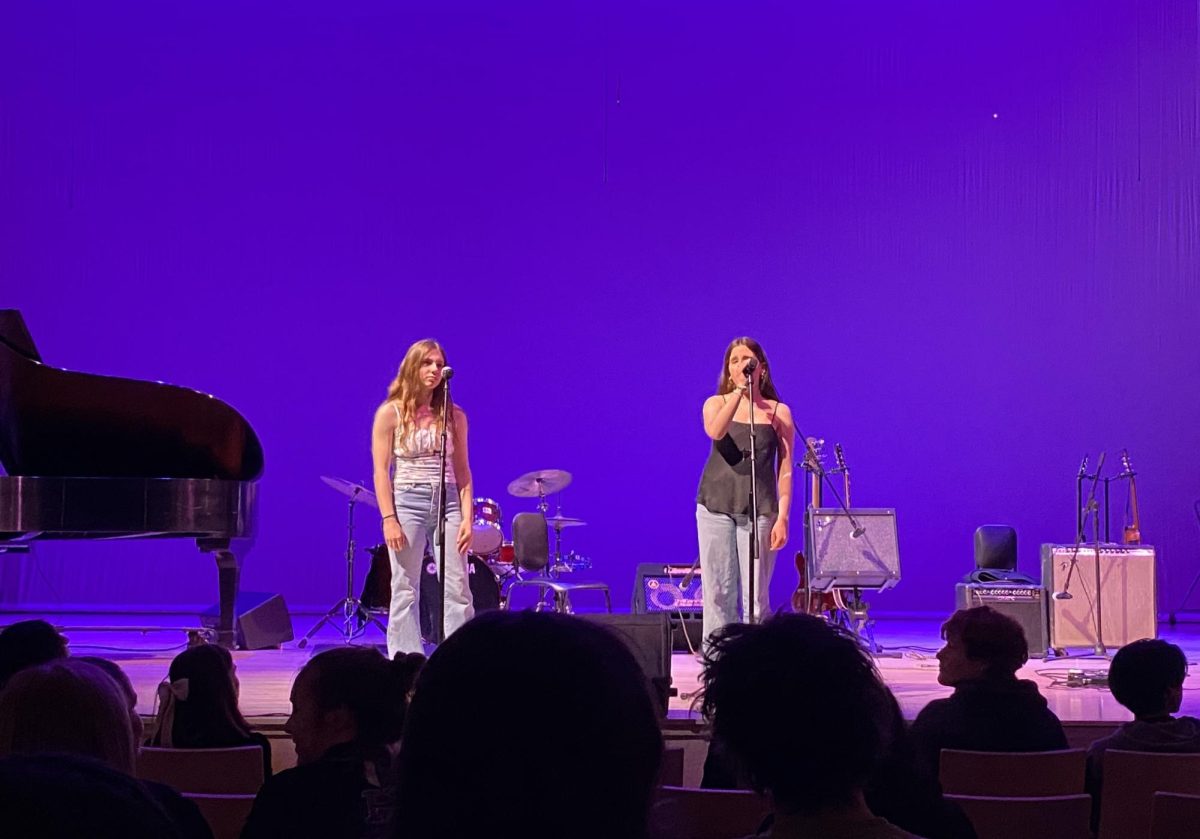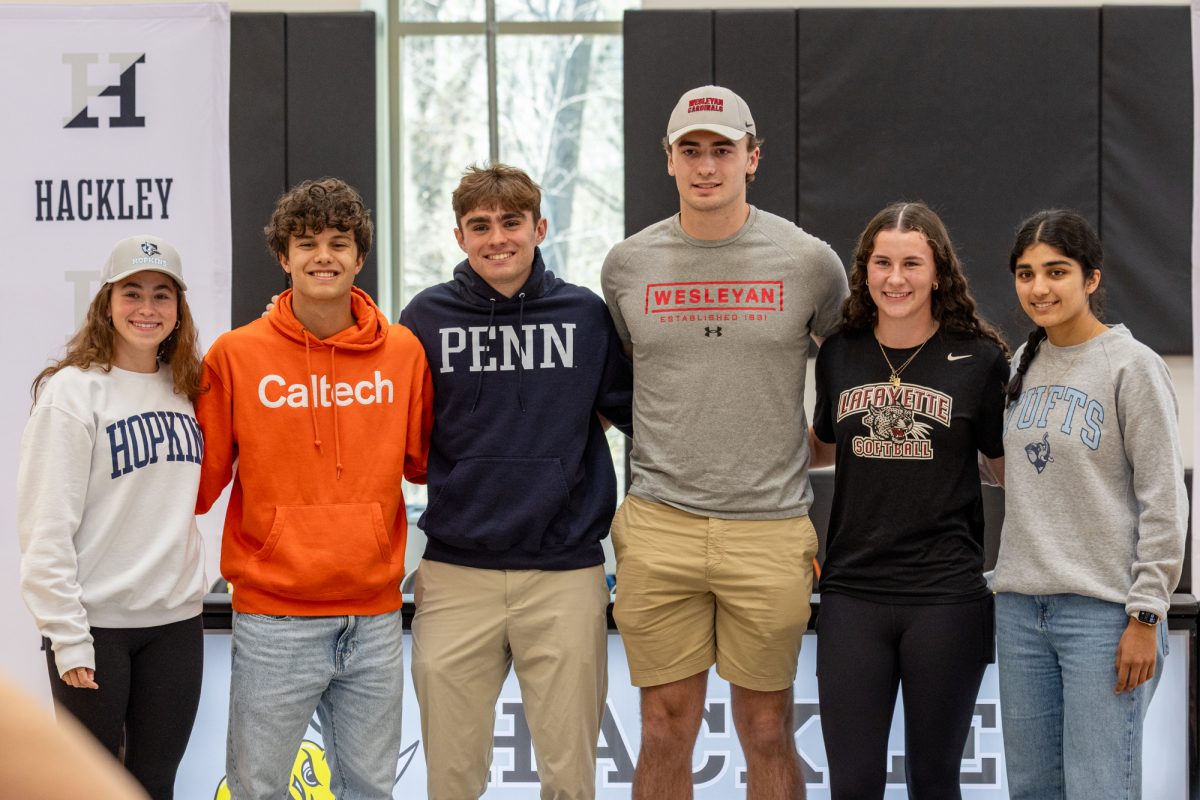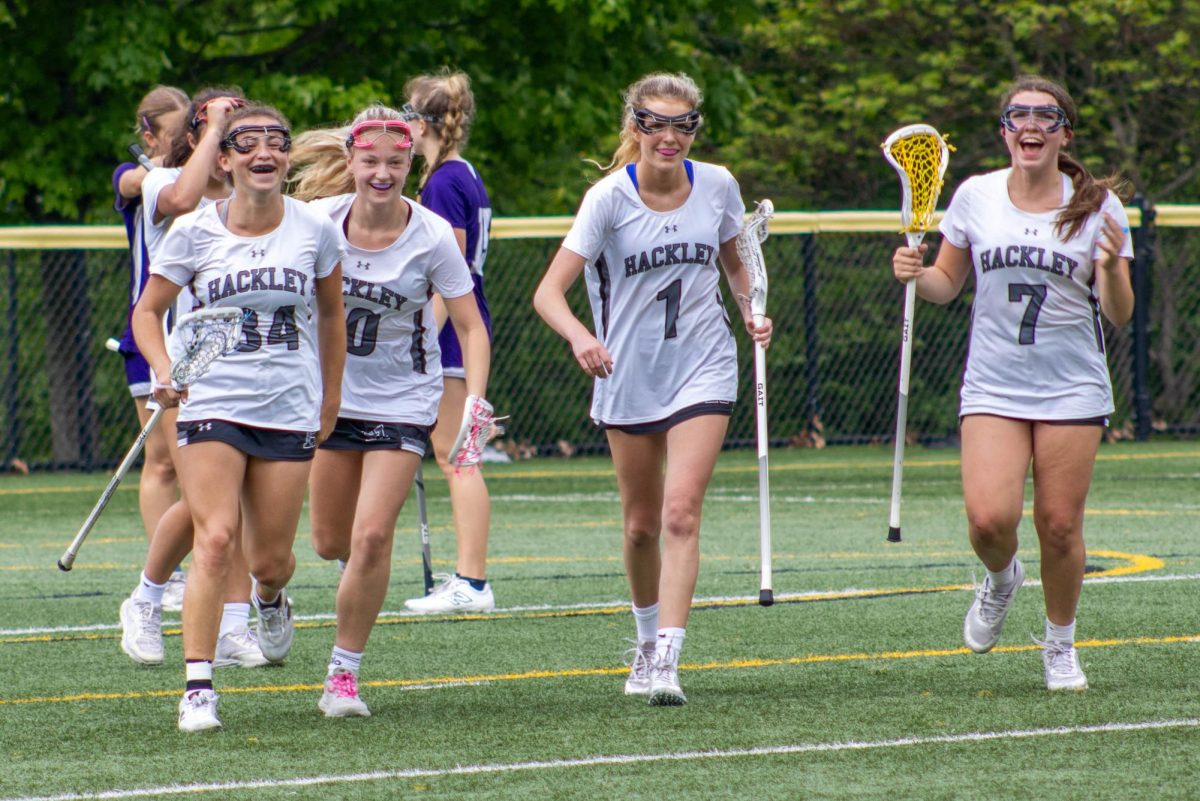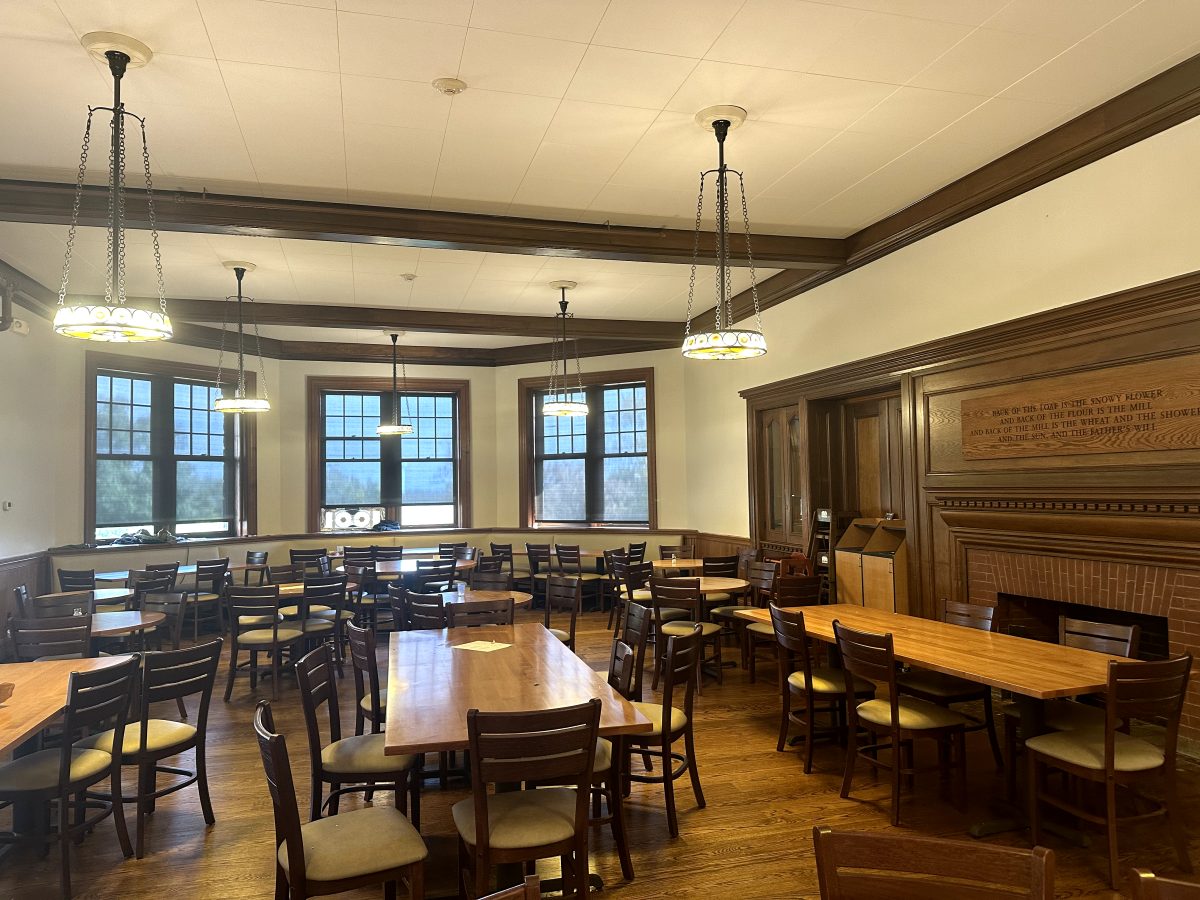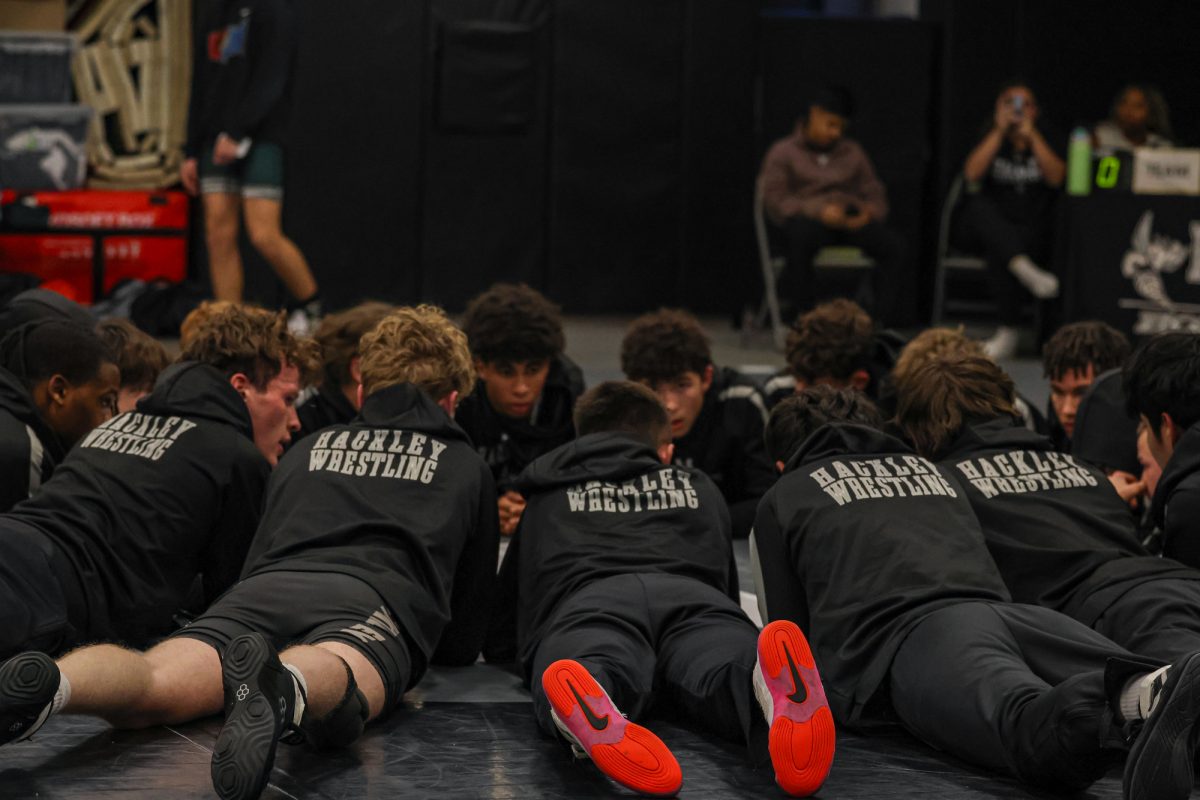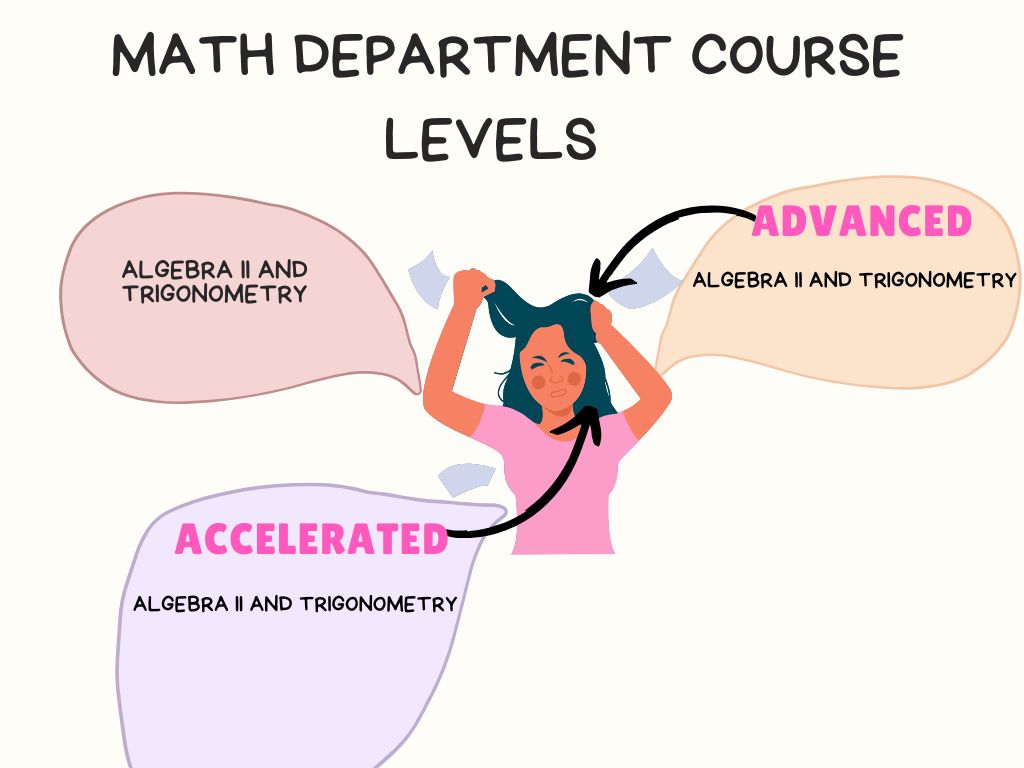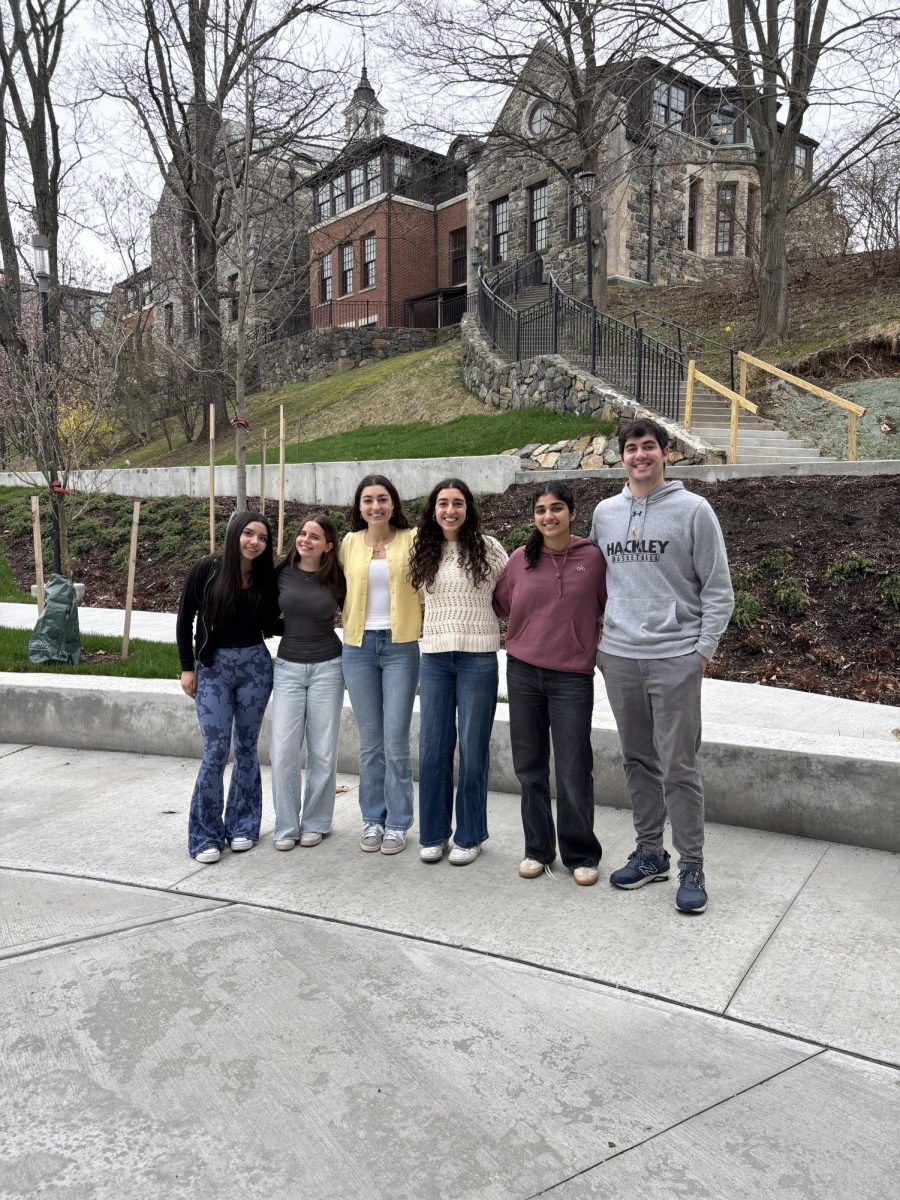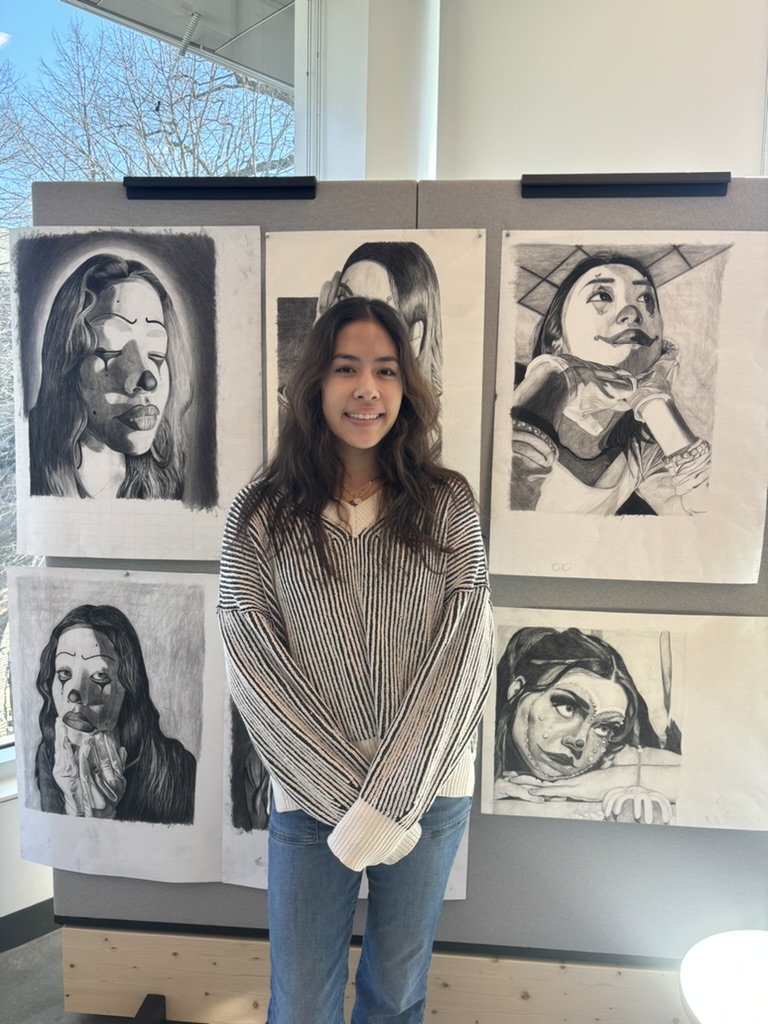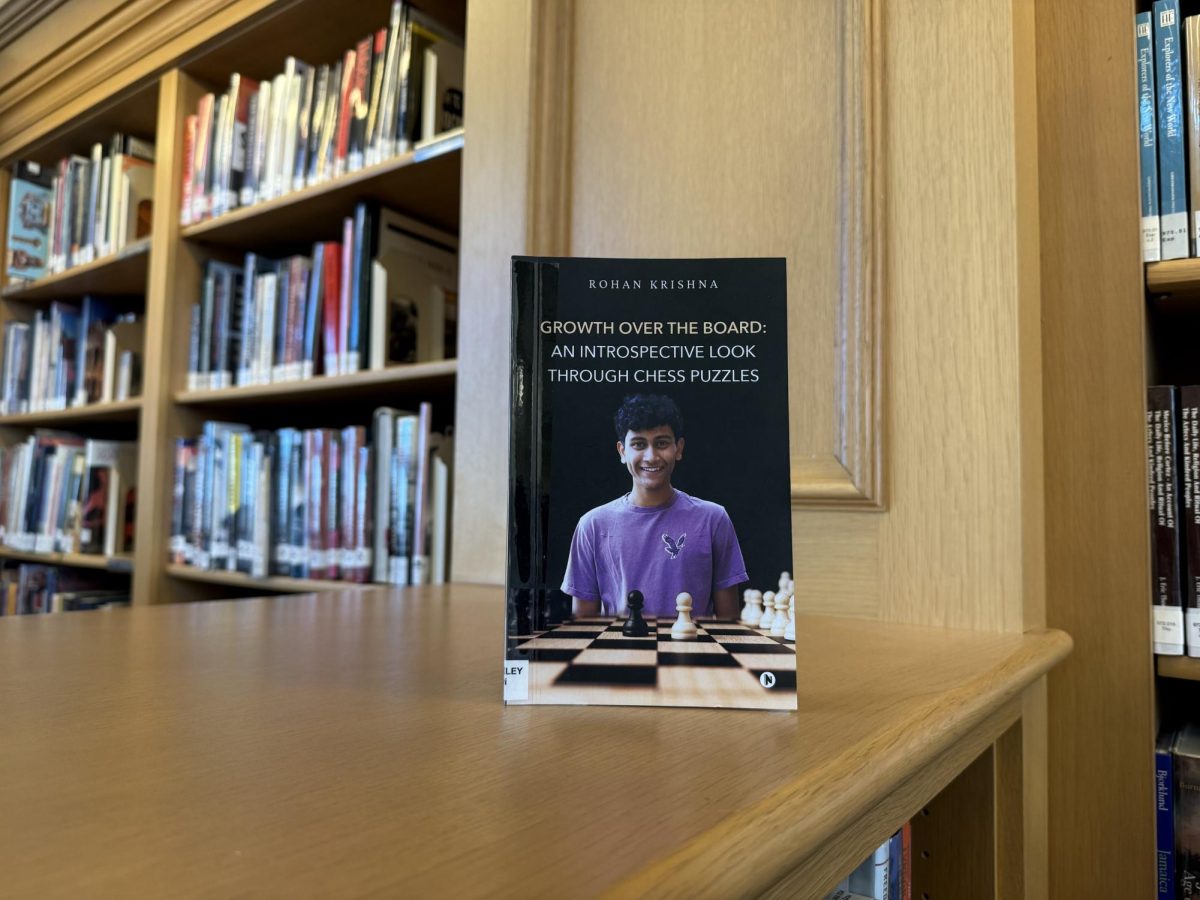Whether it is cleaning up the trails, rock mining, or identifying trees, Hackley’s trails provide rich and interesting experiential learning for students in a range of grades and subjects.
Starting as early as kindergarten, students are immersed in the hundreds of acres that Hackley has to offer. For example, kindergarteners are partnered up with seniors to help maintain the Hackley trails routinely. This is a unique experience for younger and older students alike to work and spend time together in a different setting. In middle school, students do a variety of activities including tree identification, rock mining, and testing for biodiversity.
Students also get a lot out of exploring the trails during free time and they are often surprised by how much land there is to explore and use.
“I feel like being able to go by yourself is such a different experience than going as a class,” said Junior Abigail Beyrich, “Going at your leisure makes it so much more enjoyable.”
Many students during the fall athletic season were a part of the hiking group led by Tessa Johnson, an upper school science teacher and learning coordinator for the forest, orchard, and aviary. Various groups of students would make weekly trips to the trails during their P.E. sessions. During one of their nature walks they spent time re-marking the red trail. Due to visits like these, more students were able to realize just how expansive and beautiful the trails can be.
“No one can really comprehend just how much of the Hackley woods is around us. We are in these main buildings but there is so much going on around us that we don’t know about,” said Junior Abigail Beyrich.
It is important to differentiate between the various types of trails on Hackley’s campus. There are two distinct groups: the cross-country trails and the nature trails.
The cross-country trails are primarily used for running and are very hilly, and subsequently harder to maintain.
Although the nature trails are less hilly and are for recreational use, they still have issues of their own. Specifically, Beech Leaf Disease is an ongoing problem. The disease is lethal to the beech trees throughout the trails, eventually leading to less forest cover and more grassy terrain. This makes activities like weed whacking more time-consuming and essential because there’s a higher probability of ticks in grassy areas.
Many members of the Hackley community are interested in what the future holds for the Hackley trails. For example, when alumni come back to visit the trails, many of them comment to Ms. Johnson about how different the trails look due to beech tree disease, American chestnut disease, et cetera. This further illustrates that although it may not seem apparent, in a couple of years, with a fresh set of eyes, the change is drastic. Not only does this show the evolution of the trails, but just how evident they were in previous student’s lives as well.
However, the trails are still thriving, due to Hackley students, faculty, and staff. For the past nine years, an annual tradition has been to give students in the Lower School an opportunity to go outdoors to rake the trails. The students in the lower school work with upperclassmen in Biology and Advanced Forest Ecology Research (AFER) classes to remark and rake the trails. Additionally, upperclassmen and Buildings & Grounds staff have been even more involved, by moving bridges and logs to places that are wet on the trails as well as removing fallen trees.
Aside from trail preservation, students do a variety of other things such as salamander counts, percent regeneration (which is tracking the growth of various organisms), owl calls, and bird watching with Cornell’s project feeder watch. The combination of learning, preserving, and enjoying the beauty of the trails has shaped the Hackley community as a whole.
“Nature is a way to get away from the busy school day. The energy on the trails is always so peaceful. I think that one of the things I love about the Hackley Trails is the ability to disconnect from the outside world and reconnect with yourself. When immersing myself in nature, I spend a lot of it being self-reflective,” said Junior Brooke Matthews, co-leader of Hackley Earth Action League (HEAL).
With the new addition of the orchard, Hackley students can spend time in nature but in different ways. For instance, there are Adirondack chairs, and it’s also in a great location where it does not get too hot during the springtime. Faculty are encouraging students to spend more time on the trails, during homeroom and class periods since they are so accessible. This accessibility arguably sets Hackley apart from other schools.
For some motivation to do so, Ms. Johnson even said, “If students want to go out to the nature trails or orchard and take a selfie, and send it to me and what they did, I will give them a little jar of honey!”

